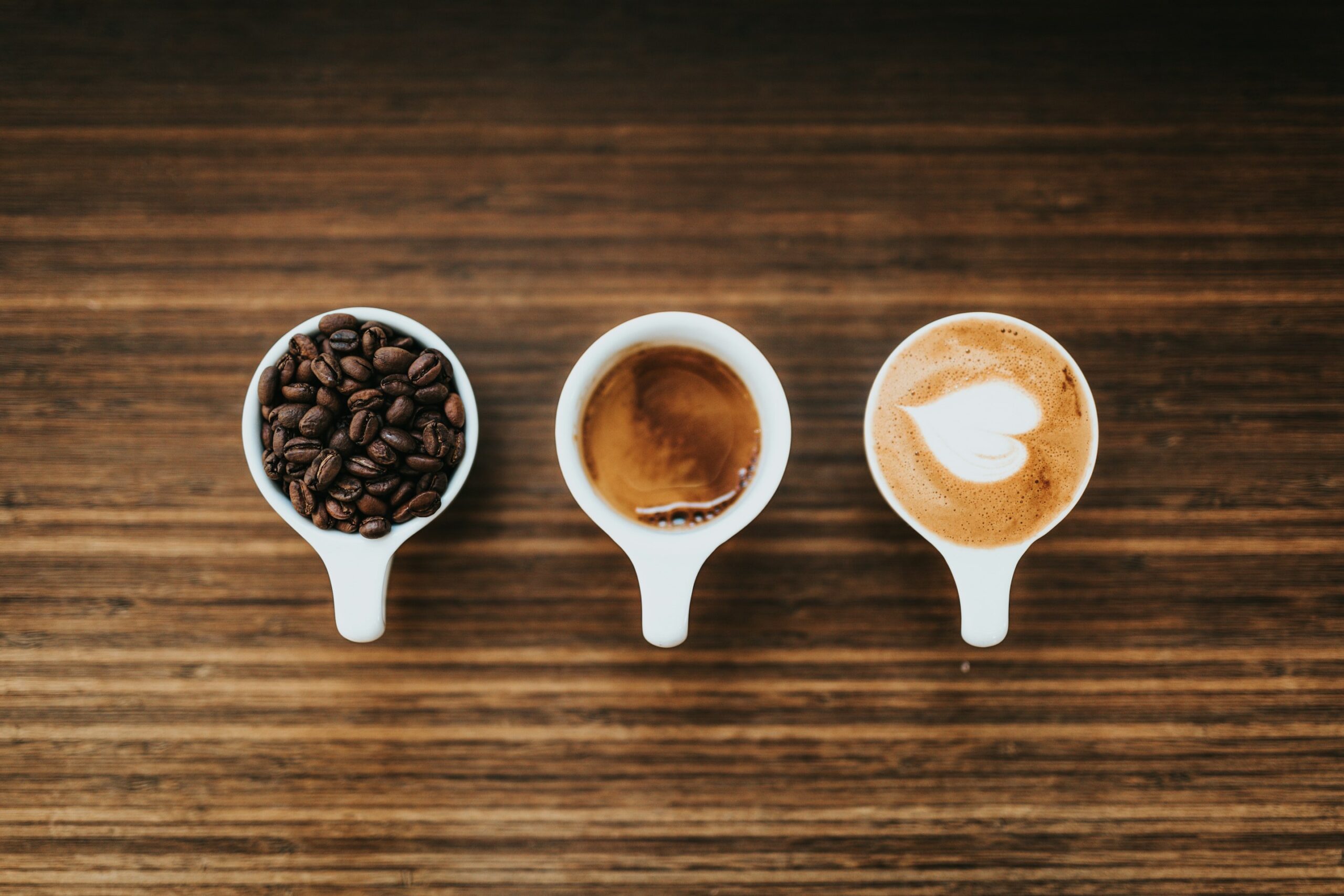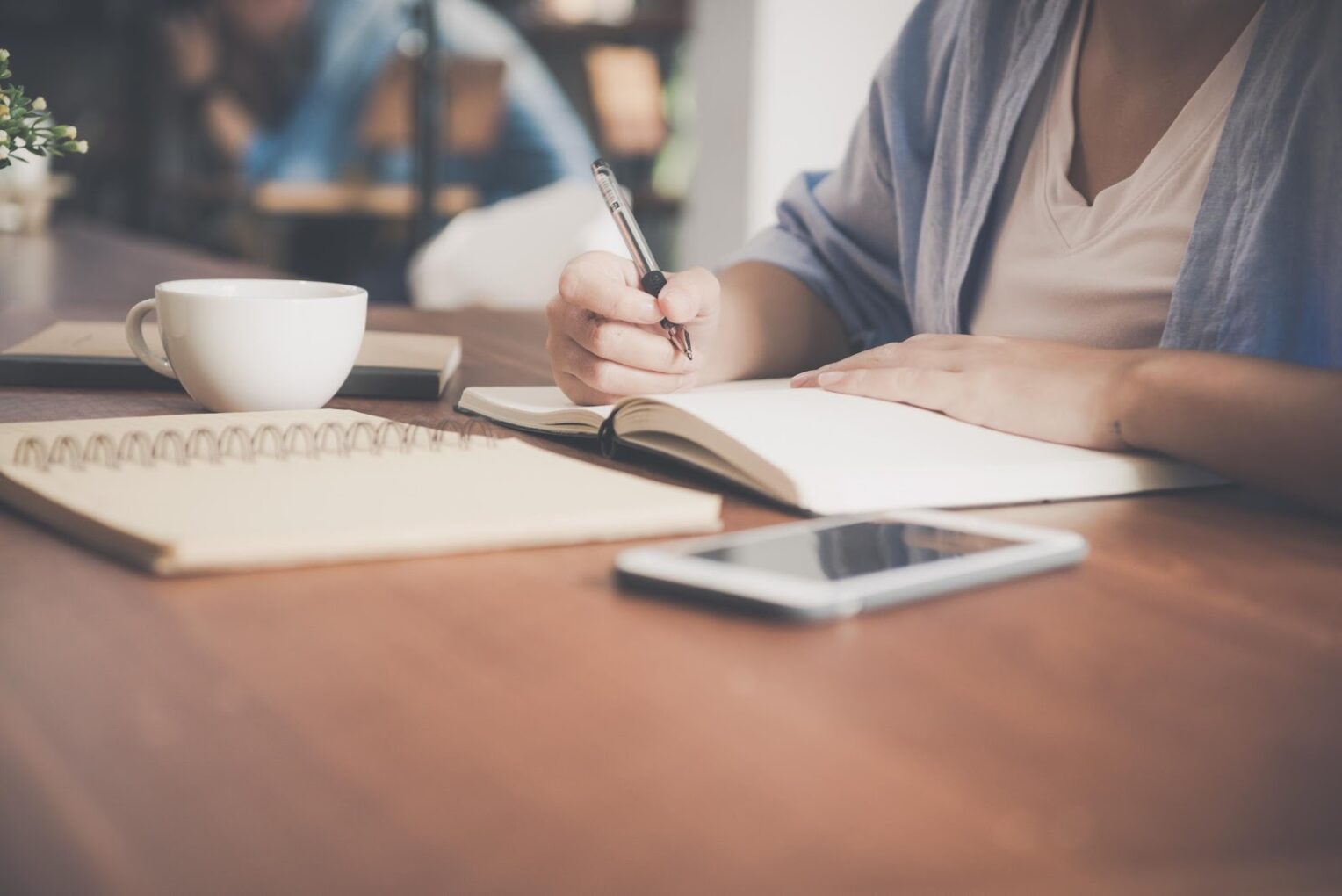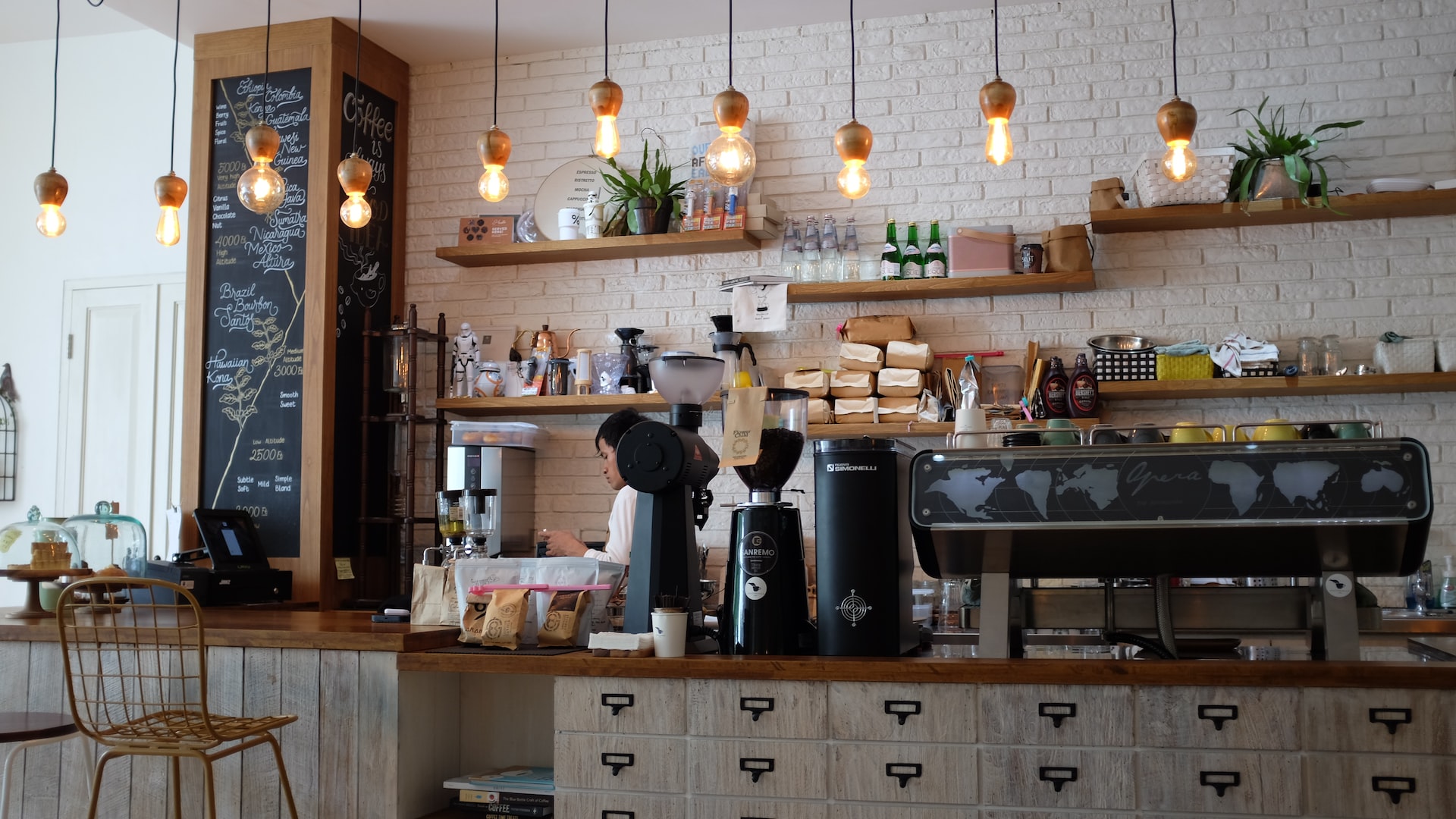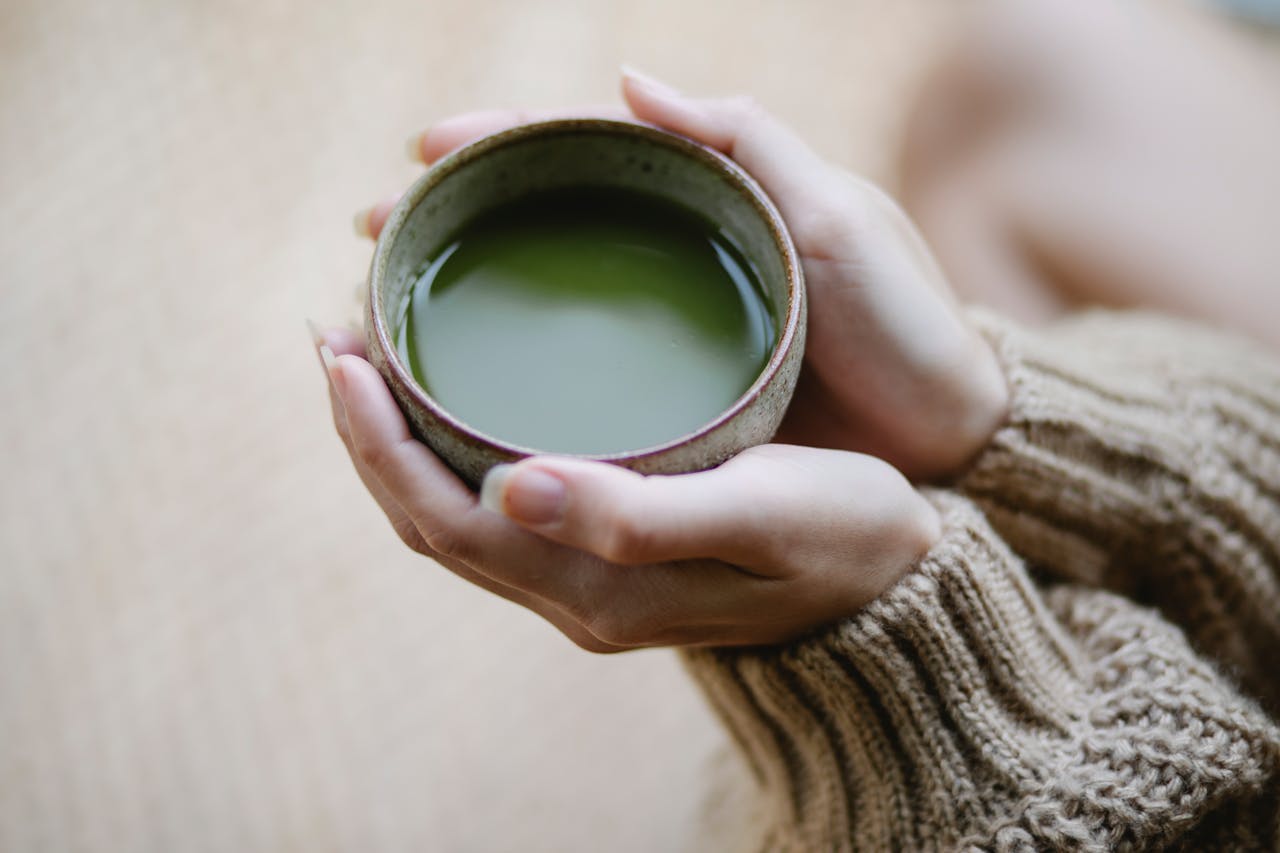Nowadays, coffee shop menus are laden with different drinks and coffee terms, so you'd be forgiven for deliberating on which is the right brew for you.
Our ultimate beginner’s guide to coffee takes you through everything you need to know, from the coffee beans themselves to different types of drinks and coffee ratios.
Coffee Guide
Types of Coffee Beans
Each coffee drink starts in the same place – with the humble coffee bean. The quality of a cup of coffee lies in the beans, as these will influence the taste of the final drink. There are four main types of coffee beans:
- Arabica
- Robusta
- Libera
- Excelsa
You might recognise Arabica and Robusta from your local coffee shops. Arabica is predicted to be the source of 60% of the entire planet's coffee production. Because these beans are slightly more difficult to grow and regarded as the highest quality, they're often a bit more expensive. However, there's no denying the taste is worth it.
If you're more inclined to a coffee with a bit of an edge, you might prefer Robusta. It's renowned for having a slight bitterness compared to the smoothness of an Arabica.
The other two types are slightly rarer and have more unique flavours again. You can find out more in our in-depth guide to the difference between Arabica and Robusta coffee.

What Can Affect the Taste of Coffee Beans?
There are a few other factors aside from coffee bean types that may influence flavour, including:
- The coffee farm’s region and altitude
- The coffee farm’s soil
- The roasting, grinding or brewing method
The differences, especially the final point, can have a significant impact on the flavour profile and characteristics of the final drink.
A Guide to Different Types of Coffee Drinks

Some of the most popular types of coffee drinks and variations include:
- Espresso (with variations including ristretto, lungo and doppio)
- Americano
- Red Eye
- Latte
- Cappuccino
- Flat White
- Cafe Au Lait
- Cortado
- Macchiato
- Mocha
Coffee Ingredients & Ratios
Coffee can be customised in so many ways, with options to add flavoured syrups, different milks and milk alternatives such as oat, soy or coconut, and the option to have it piping hot or over ice.
However, nearly all drinks begin with one main ingredient: espresso! This is a strong concentration of coffee brewed under intense pressure. From this base, water, steamed milk, milk foam and syrups can be added to create the different drinks we know and love.
The main difference between the various coffee drinks is the ratio of coffee/espresso to other ingredients and the serving sizes.
What is the Ground Coffee to Water Ratio?
The so-called golden ratio of coffee to water is around 1:18 (1 gram of coffee for every 18 grams of water), or in other terms, two tablespoons of ground coffee per six ounces of water.
This is a general rule of thumb, but can be adjusted to suit the drink or individual taste preference.

Coffee Ratios
The ratio you use will very much depend on the kind of drink – some will use a much higher ratio of espresso, while others may be milkier or more watered down.
Espresso ratio = 1:2 (one part ground coffee to two parts water).
Ristretto ratio = 1:1 (one part ground coffee to one part water short; i.e. half the amount of water that is used for a regular espresso).
Lungo ratio = 1:3 (one part coffee to three parts water).
Doppio ratio = 1:2 (one part ground coffee to two parts water, using twice the quantity of a regular espresso to make a double espresso shot).
Red Eye ratio = 1:6 (one part espresso to six parts brewed coffee; i.e. drip coffee or French press coffee).
Americano ratio = 1:2 (one part espresso to two parts water)
Latte ratio = 1:3 (one part espresso to three parts steamed milk with a thin layer of foam on top).
Cappuccino ratio = 1:1:1 (one part espresso to one part steamed milk to one part milk foam).
Flat White ratio = 1:2 (one part espresso to two parts steamed milk with a micro foam layer on top).
Cafe Au Lait ratio = 1:1 (one part brewed coffee to one part steamed milk).
Cortado ratio = 1:1 (one part espresso to one part steamed milk).
Macchiato ratio = 2:1 (two parts espresso to one part steamed milk).
Mocha = 1:1:4 (one part espresso to one part chocolate to one part milk).
Flavoured Coffee
The natural taste of coffee lends itself very well to being combined with a plethora of other flavours. Coffee syrups provide the easiest way to flavour coffee drinks directly (as well as adding different milks).
Long-standing favourite syrup flavours include vanilla, caramel and hazelnut. Seasonal options like pumpkin spice and gingerbread are beloved too, with more unusual flavours like lavender or even liquorice becoming more widely available as well. You can find out more about using coffee syrups at home with our guide.
Coffee Brewing Methods
Another key difference between the seemingly endless ways to make and enjoy coffee includes their brewing methods.
Espresso Machine
An espresso machine forces water at high pressure through finely ground coffee beans. While brewing, the concentrated oils within the espresso are extracted, forming a 'crema'. This is what creates its rich and intense aroma.
Espresso generally requires a darker roast, fine grind and high pressure to produce an ounce of concentrated coffee that is then used as the foundation for other drinks.
Pour Over & Drip Coffee
This uses a filter and gravity as its brewing method rather than high pressure like with the espresso. Hot water is poured – either manually by you or via an automatic drip coffee machine – over coffee grounds within a filter. The coffee slowly drips through the filter into a cup or pot below.
Filter coffee made with pour over methods or a drip coffee machine usually has a slightly sweeter, smoother and less intense flavour thanks to the slower brewing time.
Stovetop/Moka Pot
Moka pots have three chambers: one for water, one for the coffee grounds and one for the finished drink. The pot, heated on a stovetop, pushes the water through the coffee grounds via steam pressure, using a similar concept as espresso.
This kind of coffee has a strong, concentrated flavour like espresso, making it ideal for those who want coffee shop quality brews at home but don’t have the room for a fancy espresso machine.

French Press/Cafetiere
Here, hot water is added to coffee grounds in a cafetiere jug. The grounds are left to infuse for several minutes before a metal filter is plunged down the length of the jug, pushing the grounds to the bottom and leaving you with a filtered brew ready to pour.
The resulting coffee is often described as being full-bodied and rich, as it does not remove as many oils as filter coffee.
Cold Brew
Instead of using heat or pressure as the extraction method, cold brewing uses time. Here, coffee grounds are combined with cold water and left to steep for around 12-24 hours. The slow extraction means cold brew coffee has a slightly sweeter flavour with less acidity.
It is not to be confused with iced coffee, which is brewed with hot water and then poured over ice.
Ultimately, however you like to customise your go-to drink, there are more than enough options to ensure you stay happy and caffeinated (or not if you’re in the decaf camp!).
Want to put this newfound coffee knowledge to good use? Why not head to your local Esquires coffee franchise store for an unbeatable cup of coffee and a tasty treat? Find out where your nearest store is and pay us a visit!










